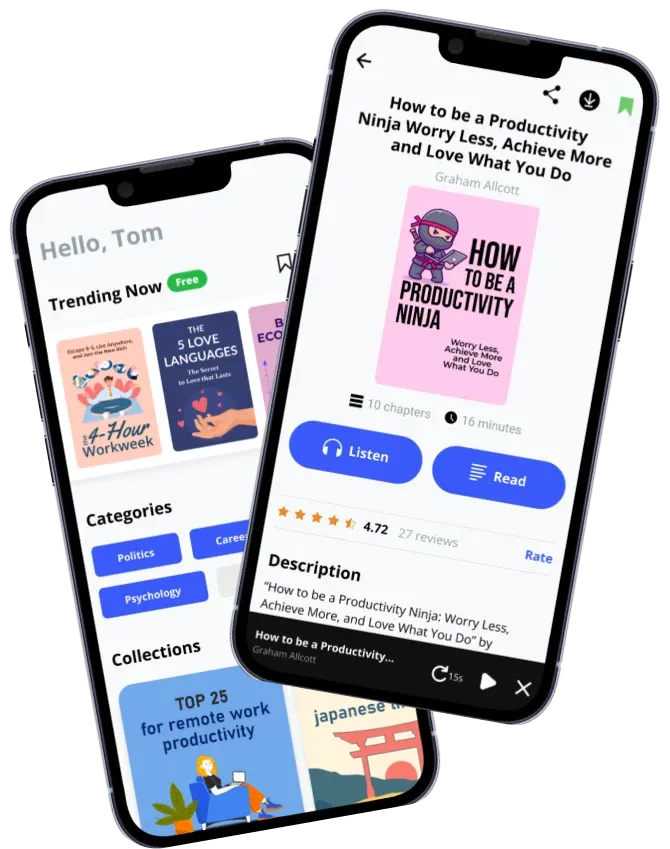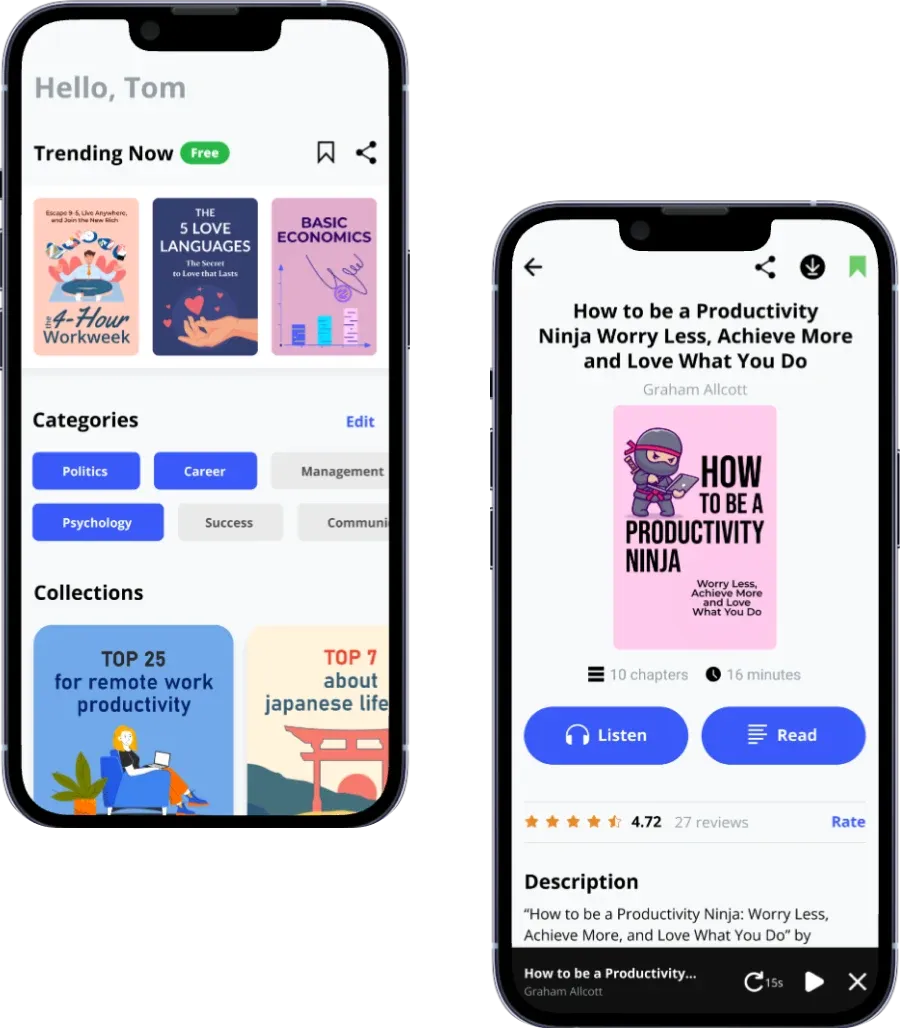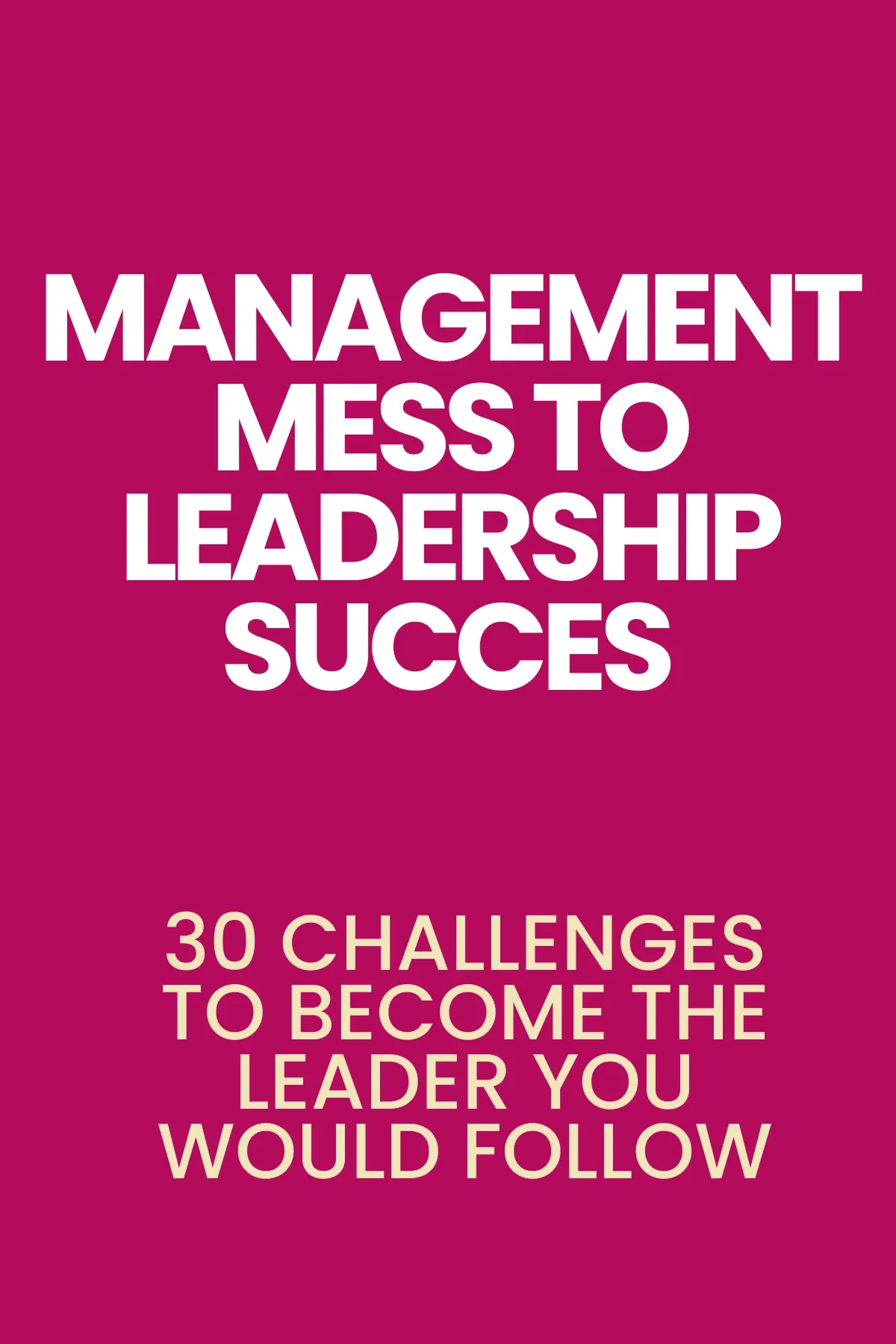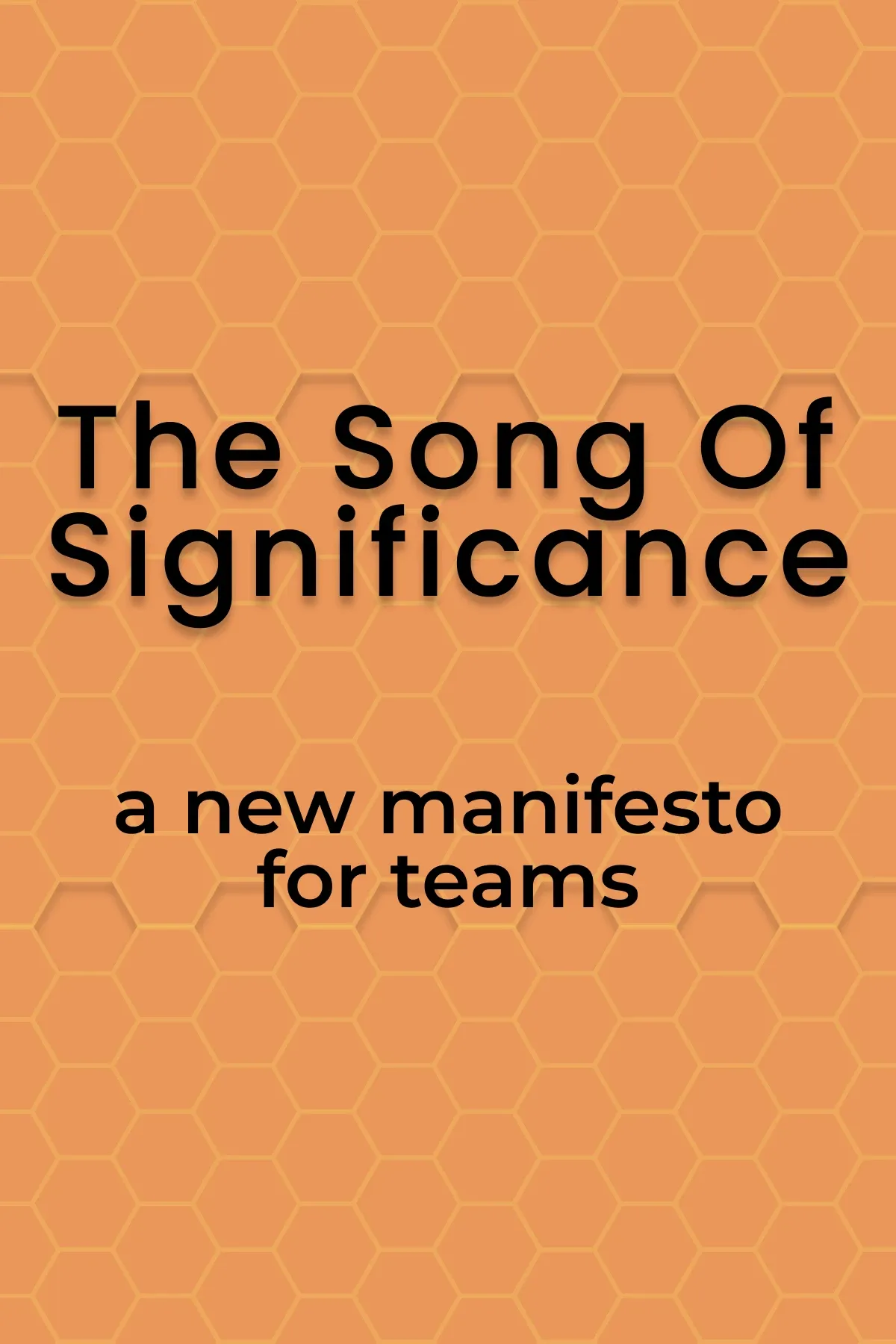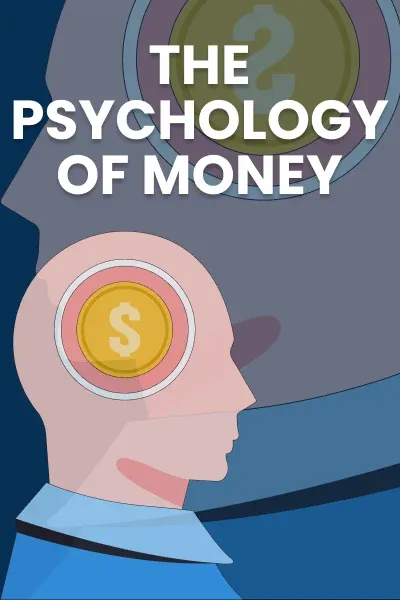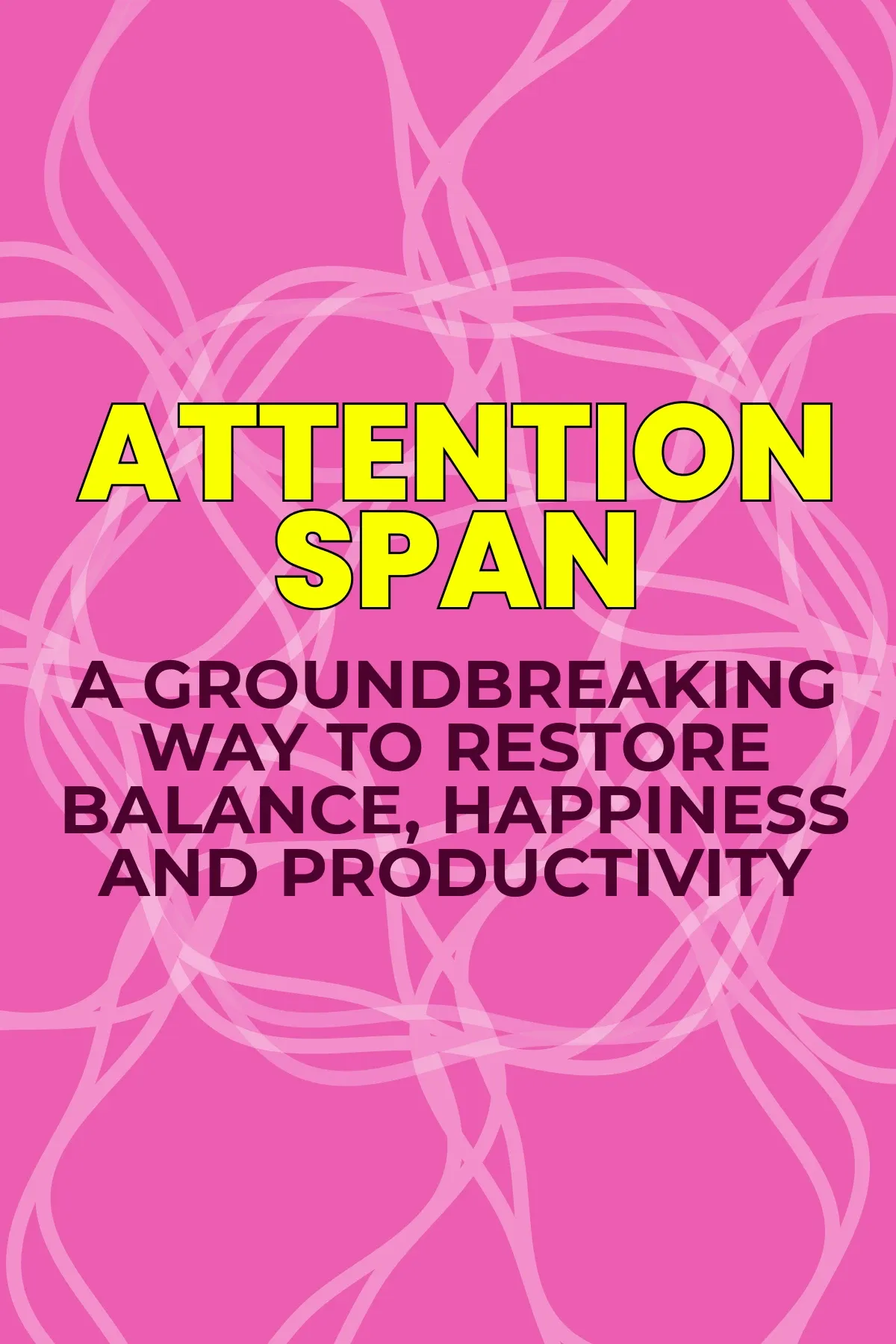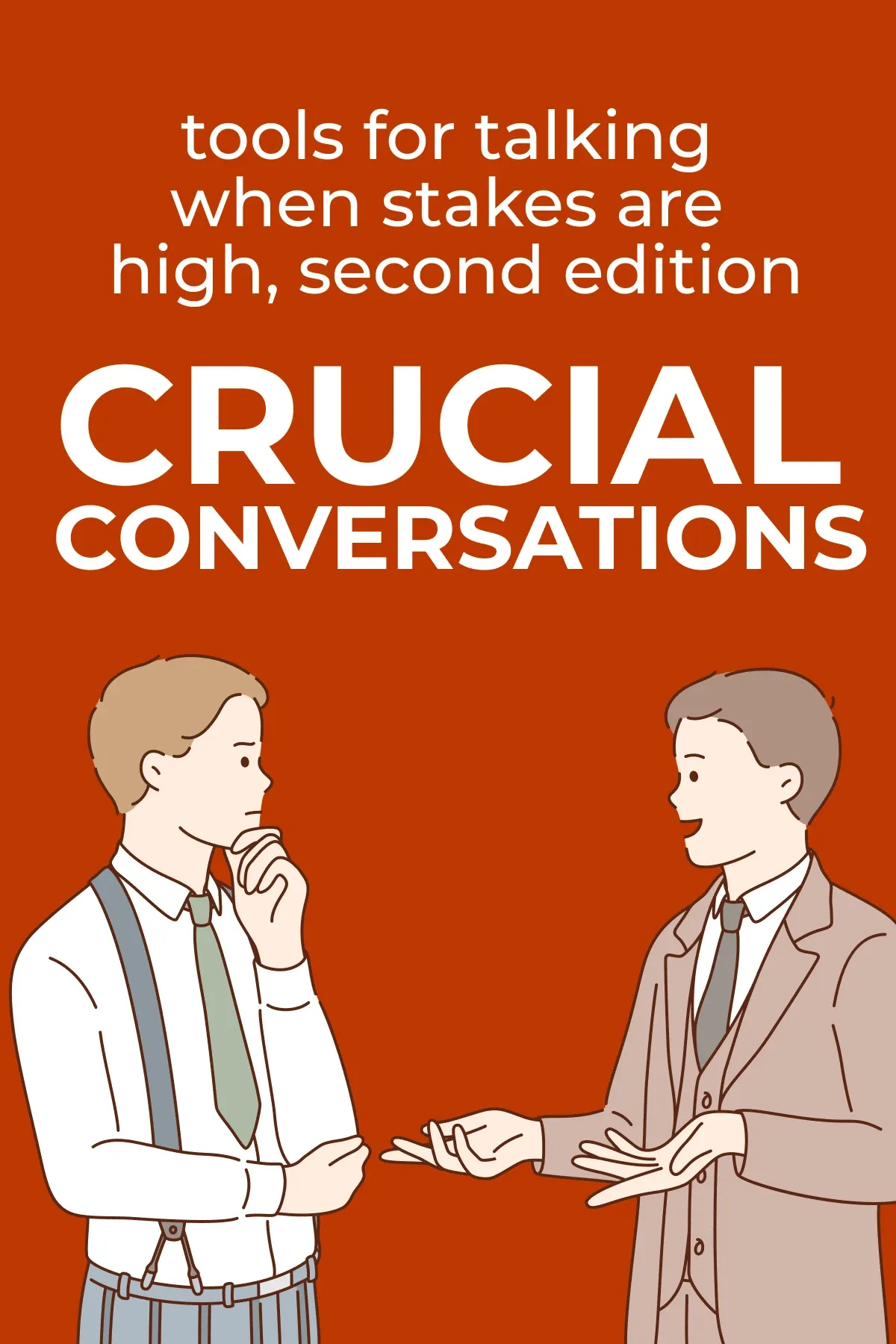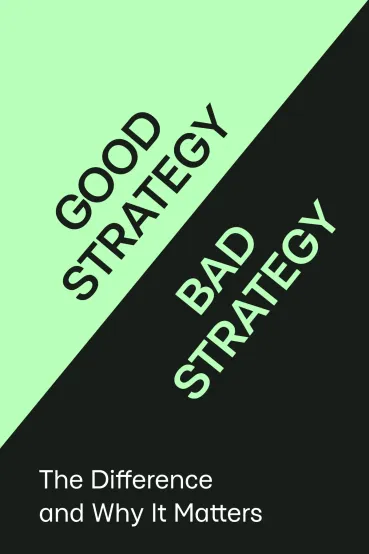
Good Strategy/Bad Strategy
Brief Summary
The word “strategy” is often described with vague aspirations and motivational speeches, but Richard P. Rumelt’s book does the opposite. Rumelt describes the common pitfalls of “bad strategy” and then lays out the “kernel” of good strategy. “Good Strategy Bad Strategy” equips readers with tools to develop strategic thinking and uses tons of engaging examples from the whole world!
Topics
Key points
Key idea 1 of 8
The best strategies are often surprising. They do not follow the obvious path of bigger, louder, and more aggressive expansion (unlike what many of us believe). Instead, they focus on clarity, coherence, and sometimes even doing less.
What is more, a good strategy does not just apply existing strengths. Instead, it creates strength through a well-coordinated design. This is precisely what makes it unexpected—it works because most organizations lack a proper strategy. Way too many companies are chasing multiple and often unconnected goals.
A great example of an unexpected strategy is how Steve Jobs saved Apple in 1997. The company was hardly making ends meet. Apple was losing money fast, its products were all over the place, and bankruptcy was only two months away. Everyone expected Jobs to fight back by launching an ambitious new product or securing a major partnership. In reality, though, Jobs acted unexpectedly. He just cut back…
Jobs reduced Apple’s product line from fifteen desktop models to only one. He cut all portable and handheld models except for a single laptop. He eliminated entire product categories, both printers and peripherals. He also shut down unnecessary software development, cut engineers, reduced distribution channels, and closed five out of six national retailers. Instead of expanding, he simplified.
You may wonder why these actions seemed like common business sense. But what made them unexpected was that most companies do the opposite in a crisis. They try to grow their way out, thus spending so much more. Jobs rejected this typical approach. He focused on making Apple lean, efficient, and strong at its core. Most importantly, it did save Apple.
Another (very unexpected thing Jobs did) was securing a $150 million investment from Microsoft. But wait, wasn’t Microsoft Apple’s biggest competitor? Sure, but Jobs convinced Bill Gates to invest. He argued that a struggling Apple would be bad for Microsoft’s own business.
Jobs’s strategy was straightforward: cut distractions, focus on what works, and wait for the right moment to move on. When asked about his long-term plan, he didn’t talk about aggressive growth or market domination. He simply said, “I am going to wait for the next big thing.” And he did. A few years later, Apple revolutionized the music industry with the iPod and then the smartphone industry with the iPhone.
You may also like these summaries
